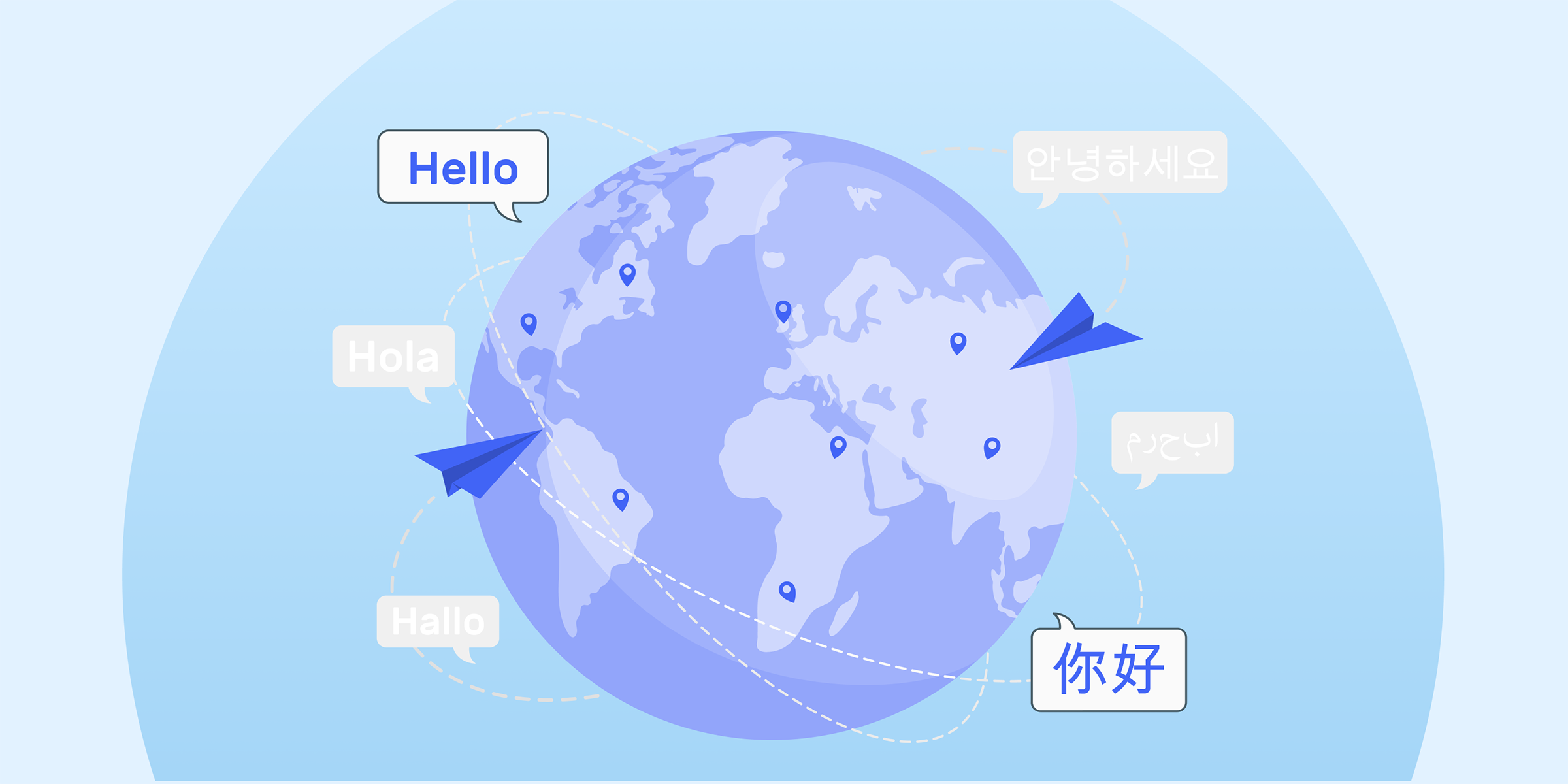Residential Proxies
Allowlisted 200M+ IPs from real ISP. Managed/obtained proxies via dashboard.

Proxies Services
Residential Proxies
Allowlisted 200M+ IPs from real ISP. Managed/obtained proxies via dashboard.
Residential (Socks5) Proxies
Over 200 million real IPs in 190+ locations,
Unlimited Residential Proxies
Unlimited use of IP and Traffic, AI Intelligent Rotating Residential Proxies
Static Residential proxies
Long-lasting dedicated proxy, non-rotating residential proxy
Dedicated Datacenter Proxies
Use stable, fast, and furious 700K+ datacenter IPs worldwide.
Mobile Proxies
Dive into a 10M+ ethically-sourced mobile lP pool with 160+ locations and 700+ ASNs.
Scrapers
Collection of public structured data from all websites
Proxies
Residential Proxies
Allowlisted 200M+ IPs from real ISP. Managed/obtained proxies via dashboard.
Starts from
$0.6/ GB
Residential (Socks5) Proxies
Over 200 million real IPs in 190+ locations,
Starts from
$0.03/ IP
Unlimited Residential Proxies
Unlimited use of IP and Traffic, AI Intelligent Rotating Residential Proxies
Starts from
$1816/ MONTH
Rotating ISP Proxies
ABCProxy's Rotating ISP Proxies guarantee long session time.
Starts from
$0.4/ GB
Static Residential proxies
Long-lasting dedicated proxy, non-rotating residential proxy
Starts from
$4.5/MONTH
Dedicated Datacenter Proxies
Use stable, fast, and furious 700K+ datacenter IPs worldwide.
Starts from
$4.5/MONTH
Mobile Proxies
Allowlisted 200M+ IPs from real ISP. Managed/obtained proxies via dashboard.
Starts from
$1.2/ GB
Scrapers
Web Unblocker
Simulate real user behavior to over-come anti-bot detection
Starts from
$1.2/GB
Serp API
Get real-time search engine data With SERP API
Starts from
$0.3/1K results
Scraping Browser
Scale scraping browsers with built-inunblocking and hosting
Starts from
$2.5/GB
Documentation
All features, parameters, and integration details, backed by code samples in every coding language.
TOOLS
Resources
Addons
ABCProxy Extension for Chrome
Free Chrome proxy manager extension that works with any proxy provider.
ABCProxy Extension for Firefox
Free Firefox proxy manager extension that works with any proxy provider.
Proxy Manager
Manage all proxies using APM interface
Proxy Checker
Free online proxy checker analyzing health, type, and country.
Proxies
AI Developmen
Acquire large-scale multimodal web data for machine learning
Sales & E-commerce
Collect pricing data on every product acrossthe web to get and maintain a competitive advantage
Threat Intelligence
Get real-time data and access multiple geo-locations around the world.
Copyright Infringement Monitoring
Find and gather all the evidence to stop copyright infringements.
Social Media for Marketing
Dominate your industry space on social media with smarter campaigns, anticipate the next big trends
Travel Fare Aggregation
Get real-time data and access multiple geo-locations around the world.
By Use Case
English
繁體中文
Русский
Indonesia
Português
Español
بالعربية

Zero-shot classification is a cutting-edge technique in the field of machine learning and artificial intelligence that allows models to classify input data into predefined categories without receiving any training examples. In traditional classification tasks, models are trained on labeled data to learn the patterns and features associated with different classes. However, zero-shot classification takes a different approach by enabling models to make predictions for classes they have never seen before. This technique is revolutionizing the way we approach classification problems, offering new possibilities for applications in various domains.
To grasp the concept of zero-shot classification, we need to delve into the underlying mechanisms of the process. At the core of zero-shot classification is the idea of leveraging semantic embeddings to represent classes and inputs in a continuous vector space. By encoding classes and inputs in this vector space, a model can infer relationships between them, even for classes that were not present in the training data. This means that the model can classify inputs based on similarities to the vector representations of different classes, without the need for explicit training.
One of the key advantages of zero-shot classification is its ability to generalize to unseen classes. This means that a model trained using zero-shot techniques can classify data into categories that were not part of the training set, making it highly versatile and adaptable to new tasks. Additionally, zero-shot classification can greatly reduce the need for labeled training data, which is often a limiting factor in traditional classification approaches. This can lead to significant cost and time savings in developing machine learning models for real-world applications.
The applications of zero-shot classification are widespread across various industries and domains. In natural language processing, zero-shot techniques have been used for text classification, sentiment analysis, and language translation. In computer vision, zero-shot classification has been applied to image recognition, object detection, and scene understanding. The ability of zero-shot models to generalize to new classes makes them particularly useful in scenarios where the class labels are constantly evolving or expanding.
While zero-shot classification offers many benefits, it is not without its challenges and limitations. One of the main challenges is the need for high-quality semantic embeddings that accurately capture the relationships between different classes. Inadequate or biased embeddings can lead to poor generalization and inaccurate predictions. Additionally, zero-shot models may struggle with fine-grained classification tasks that require precise distinctions between closely related classes. Overcoming these challenges requires careful design of the model architecture and training process.
As research in zero-shot classification continues to advance, we can expect to see more sophisticated models and techniques emerging in the field. Integrating zero-shot learning with other machine learning approaches, such as transfer learning and few-shot learning, could further enhance the capabilities of classification models. Additionally, ongoing efforts to improve the interpretability and robustness of zero-shot models will be crucial for their adoption in real-world applications. Overall, the future of zero-shot classification looks promising, with the potential to revolutionize how we approach classification problems in the era of artificial intelligence.
In conclusion, zero-shot classification is a powerful technique that is reshaping the landscape of machine learning and artificial intelligence. By enabling models to classify data into unseen classes without explicit training, zero-shot classification offers new possibilities for building more flexible and adaptable systems. As research in this area progresses, we can expect to see further advancements that will unlock the full potential of zero-shot classification across various applications and industries.
Featured Posts
Popular Products
Residential Proxies
Allowlisted 200M+ IPs from real ISP. Managed/obtained proxies via dashboard.
Residential (Socks5) Proxies
Over 200 million real IPs in 190+ locations,
Unlimited Residential Proxies
Use stable, fast, and furious 700K+ datacenter IPs worldwide.
Rotating ISP Proxies
ABCProxy's Rotating ISP Proxies guarantee long session time.
Residential (Socks5) Proxies
Long-lasting dedicated proxy, non-rotating residential proxy
Dedicated Datacenter Proxies
Use stable, fast, and furious 700K+ datacenter IPs worldwide.
Web Unblocker
View content as a real user with the help of ABC proxy's dynamic fingerprinting technology.
Related articles

Unlock Exclusive Benefits with Top-Tier Residential Proxies
Looking for secure and reliable residential proxies for your online activities? Explore our top-tier residential proxies that guarantee anonymity and high speed. Unlock unlimited possibilities with our premium residential proxies.